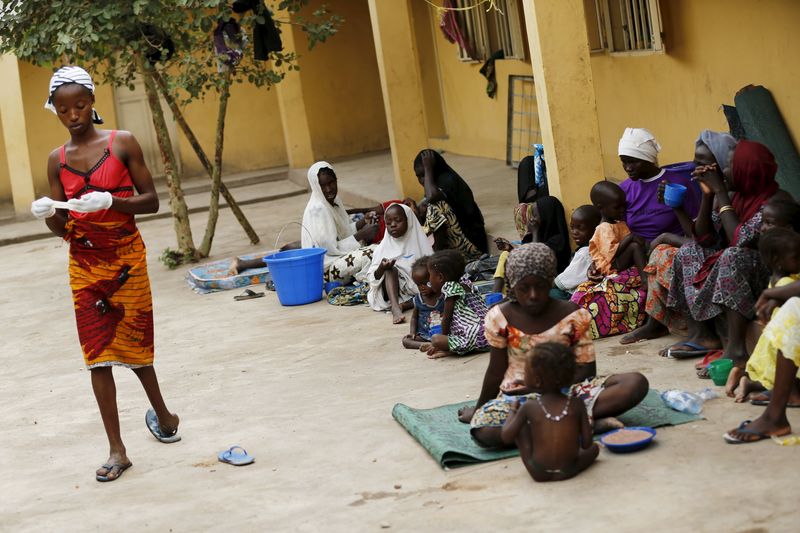Moody’s downgrades Senegal to Caa1 amid rising debt concerns
Investing.com -- Fitch Ratings has affirmed Nigeria’s Long-Term Foreign-Currency Issuer Default Rating at ’B’ with a Stable Outlook, citing the country’s large economy and improved monetary policy framework.
The rating agency highlighted Nigeria’s relatively developed domestic debt market, substantial oil and gas reserves, and recent improvements in foreign exchange policy as key supporting factors. However, weak governance indicators, high dependence on hydrocarbons, elevated inflation, security challenges, and low non-oil revenue continue to constrain the rating.
Nigeria has made progress in formalizing foreign exchange activity, which has improved market functioning and led to higher FX liquidity and relative stability of the naira. The Central Bank of Nigeria (CBN) appears committed to reducing market distortions, though data transparency issues remain a challenge.
Inflation in Nigeria has been declining since April 2025 but remains high at 20% as of August 2025. Fitch projects inflation to fall from an average of 33% in 2024 to 21% in 2025 and 17% by 2027, still significantly above the projected ’B’ median of 5%.
The CBN cut its policy rate by 50 basis points to 27% in September, the first reduction since November 2020. Further cuts are expected, though the central bank is likely to proceed cautiously to support naira stability.
Nigeria’s foreign exchange reserves stood at USD42 billion at the end of September, with Fitch forecasting a slight decline to USD40 billion by the end of 2026. This represents 5.8 months of current external payments, exceeding the projected ’B’ median of 4.2 months.
The rating agency expects Nigeria’s budget deficit to widen in 2025-2026, averaging 3.1% of GDP due to higher expenditure on wages, social programs, security, debt servicing, and election-related spending ahead of the 2027 elections.
Government revenue is projected to rise to 12.4% of GDP by 2027, supported by new tax laws effective January 1, 2026. However, this remains well below the government’s target of 16.2% and the ’B’ median of 17.8%.
Fitch forecasts real GDP growth to reach 4.2% in 2025, up from 4.1% in 2024, with oil production expected to average 1.5 million barrels per day in 2025, compared to 1.34 million in 2024.
The banking sector is expected to see rising impaired loan ratios and provisions as banks reclassify problem loans following the expiry of longstanding systemwide forbearance. Most banks are expected to exit forbearance by the end of 2025, though some will continue operating under it with certain penalties.
This article was generated with the support of AI and reviewed by an editor. For more information see our T&C.
